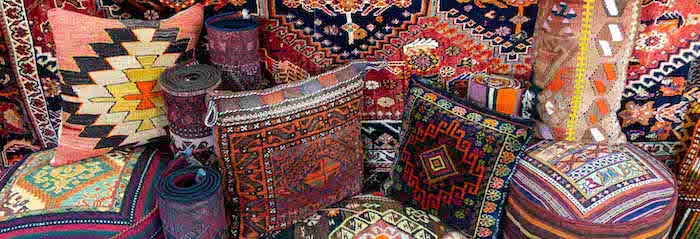Ever wondered what Warps, Wefts and Knots are in Oriental Rugs? Here is an explanation:

THE WARP
Together with the weft it forms the foundation of the rug. It is the name given to the threads which stretch lengthways between the beams of the loom, whether horizontal or vertical. In nomad rugs the warp is wool, while in others it can be of cotton or more rarely of silk. The surplus warp at each end of the rug or carpet forms the fringe.
THE WEFT
The weft is the thread that is woven in and out across the warp between rows of knots. Varying between one to three or four rows, depending on where the rug is made, its purpose is to hold the knots firmly in place. The threads of the weft are pushed firmly against the knots by being beaten with a comb-beater.
THE KNOTS
There are two knots common to hand-knotted rugs, whether Persian, Turkish, Turkoman, Caucasian, Indian, Tibetan, or Chinese. They are the Ghiordes and Senneh - the former named after a town in Turkey and the latter after a town in Persia. They are also referred to simply as the Turkish or Persian knot. A strange fact is that although the Persian knot is named after the town of Senneh, the majority of rugs from that town are made with the Ghiordes knot! Generally, however, Turkish rugs are made with the Ghiordes and Persian with the Senneh. The Ghiordes is also used in the Caucasus and by the Turkoman tribes.
The Ghiordes knot is symmetrical and is formed by looping the woollen yarn around two adjacent threads and drawn up between them as shown below:
The Symmetrical Turkish Ghiordes Knot
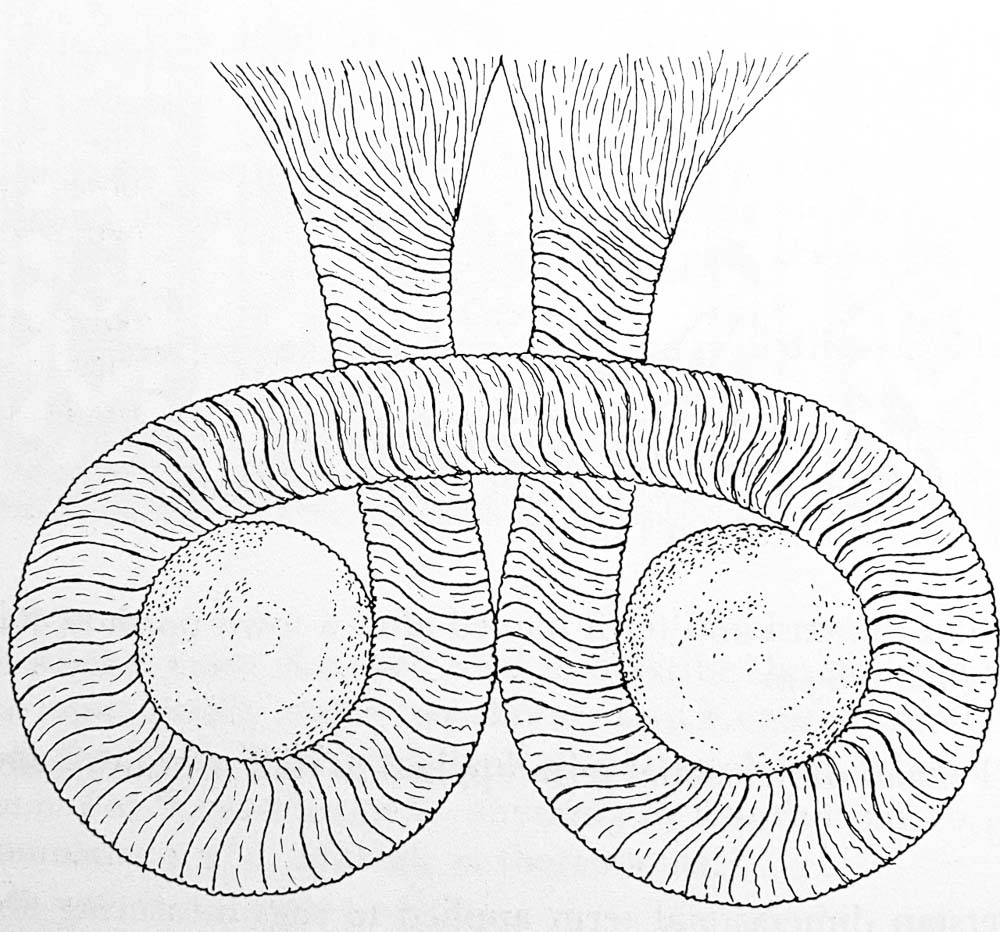
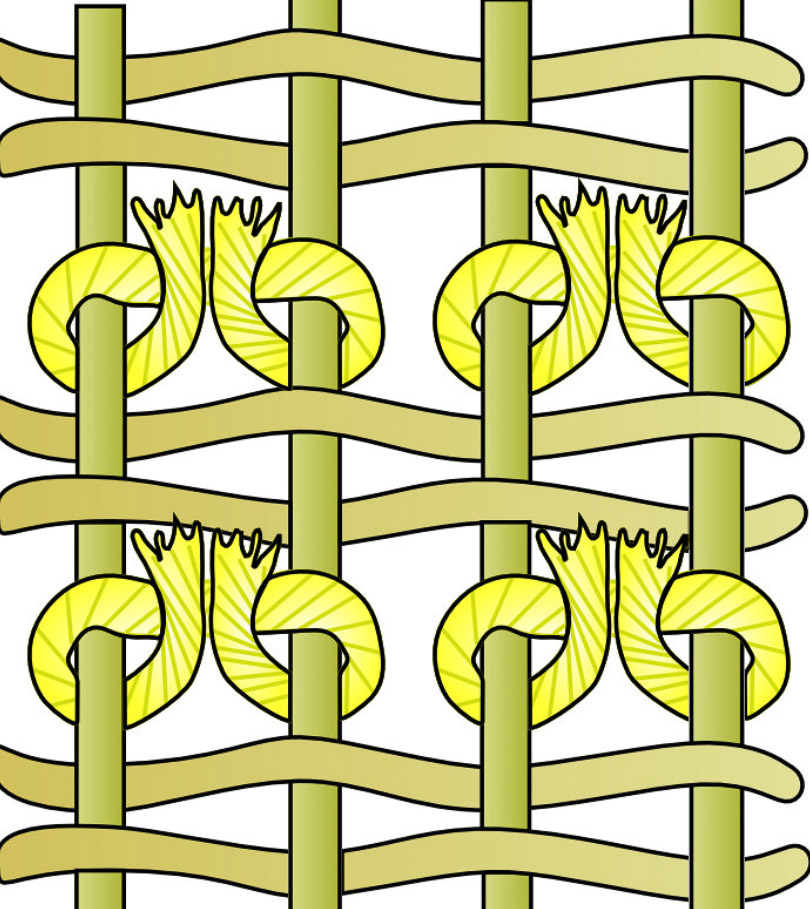
The Senneh or Persian knot is asymmetrical and is formed by looping the pile yarn under one warp and over and under the adjacent warp, the ends pulled upwards, one end between each warp.
One Version Of The Asymmetrical Persian Senneh Knot
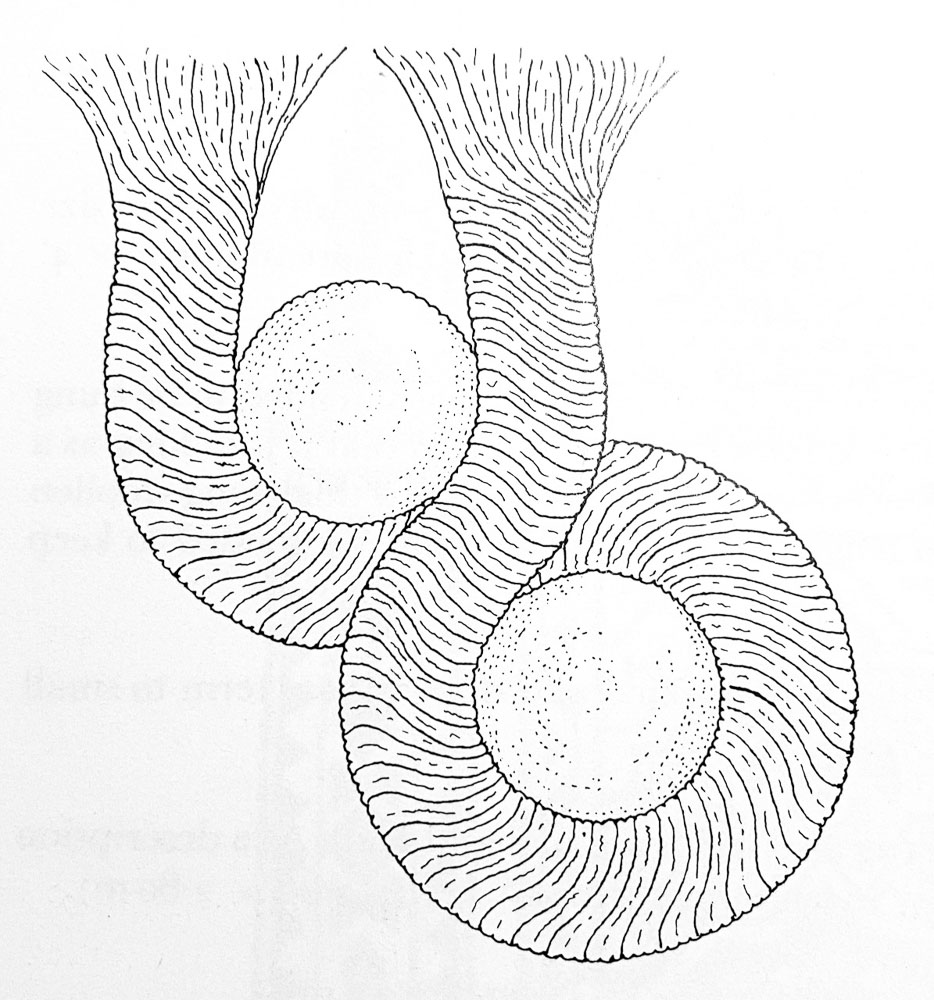
Another Version Of The Asymmetrical Persian Senneh Knot
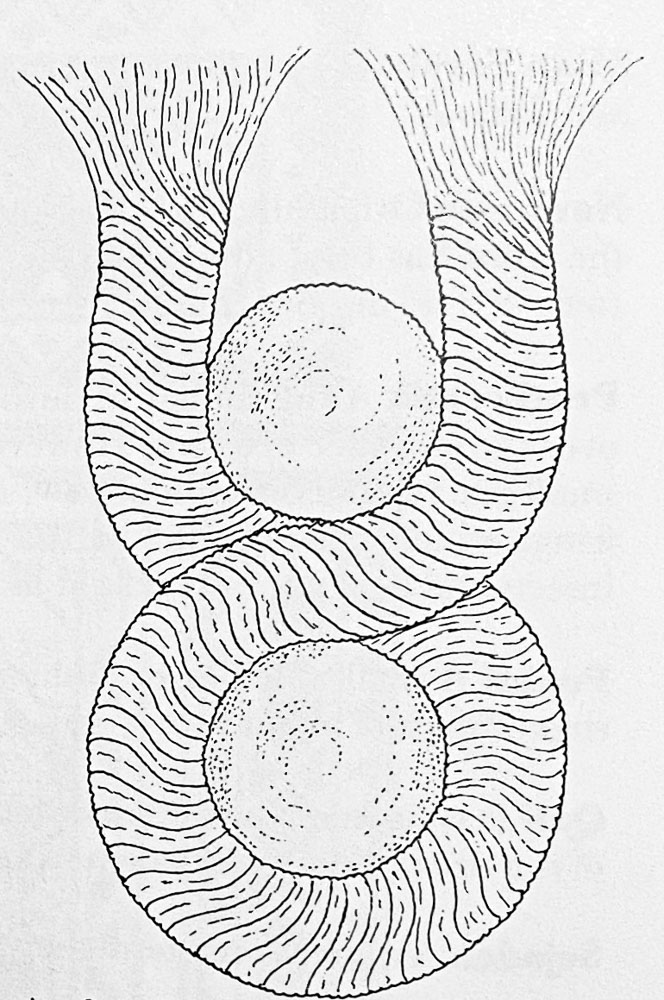
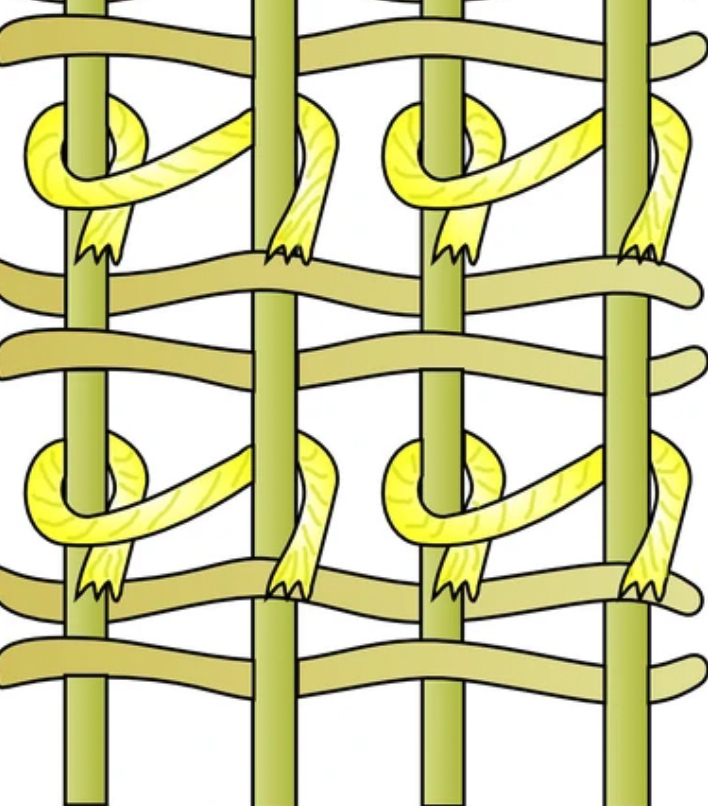
By examining the pile of the carpet (brushing sideways) and scrutinising the back, it is possible to identify the knot used, the nature of the warp, and the weave pattern, i.e. the relationship of the wefts to the knots.
